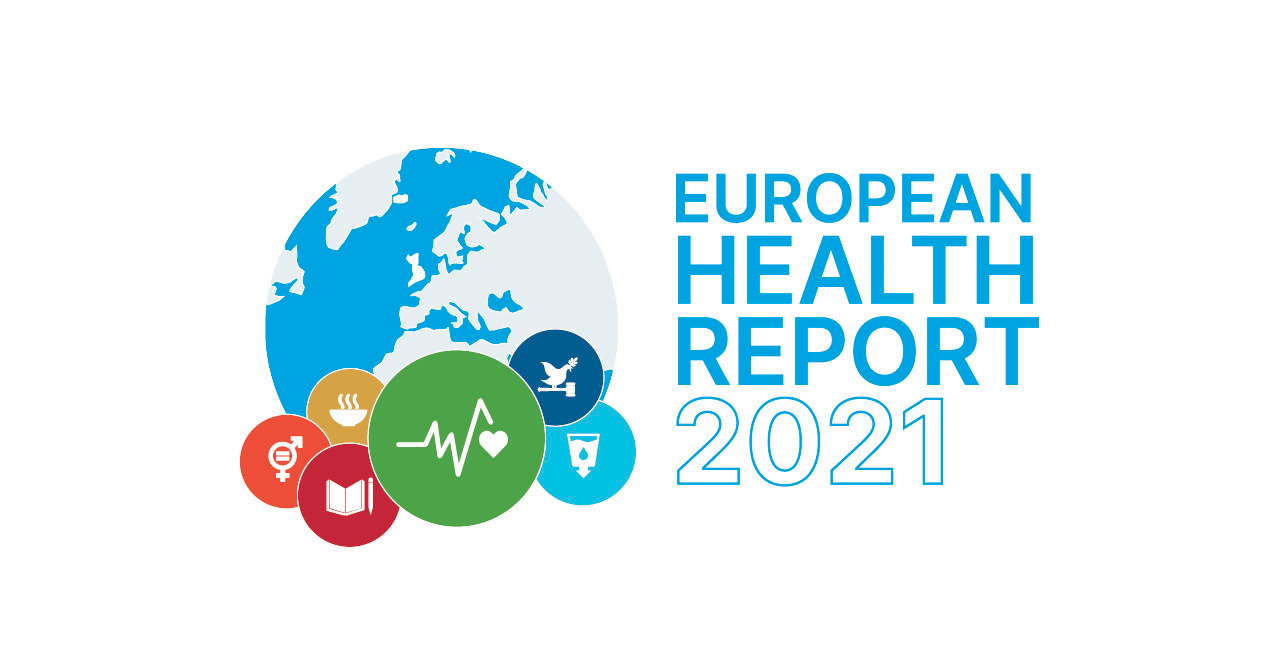Health economic assessment tool (HEAT) for walking and for cycling. Methods and user guide on physical activity, air pollution, road fatalities and carbon impact assessments: 2024 update

Overview
The promotion of cycling and walking for everyday physical activity not only promotes health but also has important positive effects on societies and the environment. This publication summarizes developed guidance and a practical tool to facilitate this shift: the methodology for the economic assessment of transport infrastructure and policies in relation to the health effects of walking and cycling; systematic reviews of the economic and health literature; and guidance on applying the health economic assessment tool (HEAT) for walking and cycling and the principles underlying it. In addition to the health benefits from physical activity through walking and cycling, the tool also considers the health effects of road crashes and air pollution and the effects on carbon emissions. HEAT has been updated to be globally applicable and now also includes an e-biking functionality. The tool can be used for several types of assessment, for example, assessing current (or past) levels of cycling or walking, such as showing the value of cycling or walking in a city or country; assessing changes over time, such as comparing before-and-after situations with or without measures taken or scenario A versus scenario B; and evaluating new or existing projects, including calculating benefit–cost ratios. HEAT can be used as a stand-alone tool or to provide input into more comprehensive economic appraisals or prospective health impact assessments.




